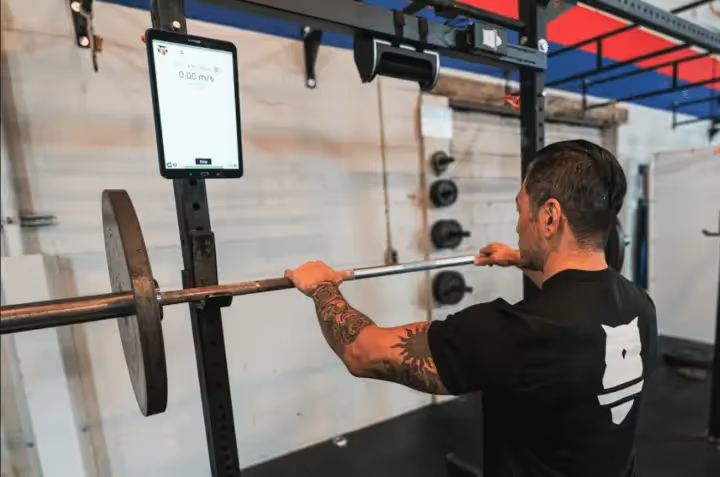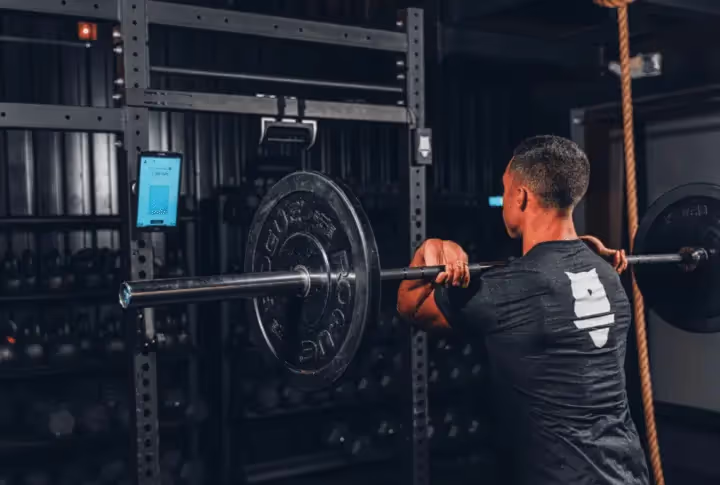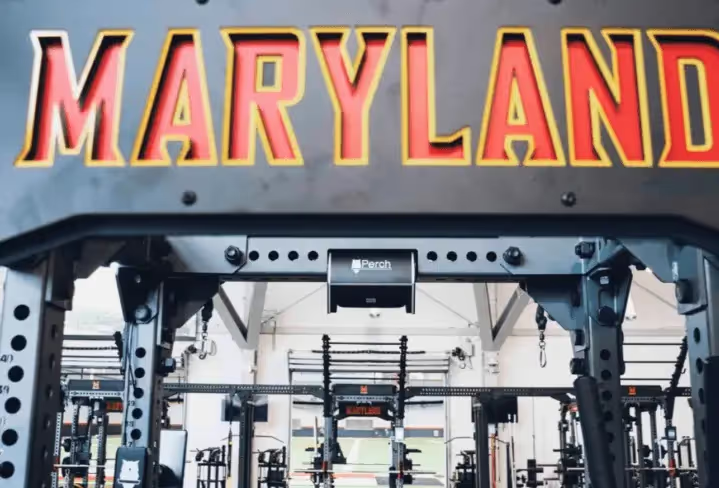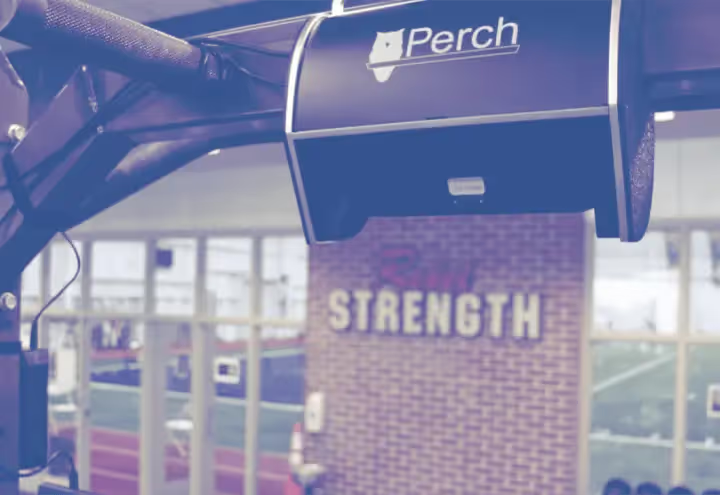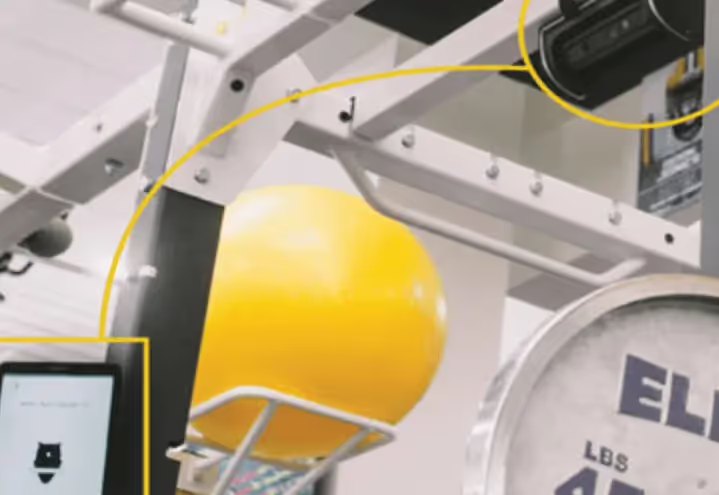VBT Research Review 1

You may have noticed the numerous sources we cite at the bottom of each of our blog posts. Peer reviewed research is important to us because it adds evidence and validity to the information we bring you. We want to be a trusted resource for all things velocity based training, and in doing so, we have to keep our findings and summations based in the research. With that in mind, we wanted to deliver a quick VBT research review this week. A velocity based training research review. Below you’ll find three distinct sources, cited (obviously) and we will walk you through the purpose, methods, and results of each. We will be bringing you research reviews periodically to make sure we keep you reading the research too! if you have any questions, just let us know in the comments.
STUDY 1
Effect of instantaneous performance feedback during 6 weeks of velocity-based resistance training on sport-specific performance tests
VBT research performed by researchers Randell, Cronin, Keogh, Gill, and Pederson investigated the effect of peak velocity as instantaneous performance feedback on sport-specific performance tests. Thirteen well-trained professional rugby players were randomly assigned to one of two groups: feedback (n = 7) and non-feedback (n = 6). The pre and post sport-specific performance test indicators were vertical jump, horizontal jump, and 10/20/30m timed sprints. Over a 6-week training cycle, both groups trained 3 sessions per week, squat jumps were performed twice a week for 3 sets of 3 reps with a barbell and an absolute load of 40kg and this was the exercise tested. The feedback group (Group 1) was given real-time feedback on peak velocity of the squat jump after each repetition. The non-feedback group (Group 2) was not given any feedback. Results indicated that the pre and post test results were statistically significant in the horizontal jump (p = 0.01) and 30m sprint (p = 0.0008) performance tests. Practical significance was found in all of the performance tests, meaning the inclusion of live performance feedback can benefit and improve sports-specific performance tests over the course of a 6-week training period.
Randell, A. D., Cronin, J. B., Keogh, J. W. L., Gill, N. D., & Pedersen, M. C. (2011). Effect of instantaneous performance feedback during 6 weeks of velocity-based resistance training on sport-specific performance tests. Journal of Strength and Conditioning Research, 25(1), 87–93.
STUDY 2
Velocity Loss as an Indicator of Neuromuscular Fatigue during Resistance Training.
Sanchez-Medina and Gonzalez-Badillo researched both the mechanical (velocity loss and countermovement jump height loss) and metabolic (lactate, ammonia) response to resistance exercise protocols consisting of variable sets and repetitions. Over the course of 21 different exercise sessions separated by 48-72 hours, eighteen strength-trained males were separated into either Bench Press (n =10) or Squat (n = 8) and performed three different protocols. 1) A one repetition maximum (1RM) test with a Linear Position Transducer (LPT) to help determine the load-velocity profile. 2) Tests of maximal number of repetitions to failure under various loads. 3) 15 Reps broken into various set and rep schemes with five minute interset rests. Blood lactate and ammonia were measured both before and after exercise. The VBT research found that both the mean repetition velocity loss after three sets and the loss of velocity pre and post exercise were significant for all groups and highly correlated to each other (r = 0.91 - 0.97). Also found was the velocity loss was significantly greater for the bench press group than for the squat group. The velocity loss for both groups was found to be highly correlated to postexercise lactate (r = 0.93 - 0.97). Ammonia showed a curvilinear response to the loss of velocity. Based on the results, the researchers concluded that the high correlations between mechanical (velocity loss and countermovement jump height loss) and metabolic (lactate, ammonia) fatigue indicators supported the validity of using velocity loss to quantify neuromuscular fatigue while resistance training.
Sánchez-Medina, L., & González-Badillo, J. J. (2011). Velocity loss as an indicator of neuromuscular fatigue during resistance training. Medicine and Science in Sports and Exercise.
STUDY 3
Comparison of Velocity-Based and Traditional Percentage-Based Loading Methods on Maximal Strength and Power Adaptations.
VBT research performed by reseachers Dorrell, Smith, and Gee recruited sixteen trained men to determine the effects of velocity based training (VBT) on maximal strength and jump height. The subjects completed a countermovement jump test (CMJ) along with a one repetition maximum (1RM) assessment for back squat, bench press, strict overhead press, and deadlift. The subjects were then assigned to either a percentage-based training (PBT) (n = 8) or velocity based training (VBT) (n = 8) group and trained for 6 weeks. The PBT group’s load was based on their 1RM data, the VBT group’s load was dictated via real-time velocity monitoring. Results indicated significant increases (p < 0.05) in maximal strength for back squat (VBT 9%, PBT 8%), bench press (VBT 8%, PBT 4%), strict overhead press (VBT 6%, PBT 6%), and deadlift (VBT 6%). The CMJ only found significant increases with the VBT group (5%). Overall the VBT group was found to have greater adaptations in maximal strength as compared to the PBT group. Moreover, the VBT group was found to have performed less total training volume as compared to the PBT group. Meaning monitoring fatigue while still achieving positive adaptations was made possible by using VBT protocols as opposed to PBT.
Dorrell, H. F., Smith, M. F., & Gee, T. I. (2019). Comparison of Velocity-Based and Traditional Percentage-Based Loading Methods on Maximal Strength and Power Adaptations. Journal of Strength and Conditioning Research.

OTHER RELEVANT POSTS!
Check out part two of our VBT Research Review series!
Want to learn more about the basics of VBT? Check out Perch's VBT Dictionary!
Curious about how different populations can utilize VBT? Check out our VBT for specific populations series!
Read more about Perch here! And check out Product Videos here. And our support website here.
Back to basics? Review the origins of VBT and Strength Training!
FOLLOW US!
Keep checking back for more velocity based training content, tips, tricks, and tools. And don’t forget to follow us on Twitter , Instagram and Linkedin and like us on Facebook.

Start Gathering Data With Perch Today!
Reach out to us to speak with a representative and get started using Perch in your facility.

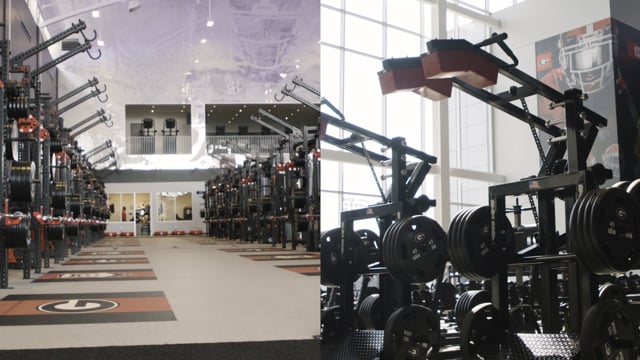
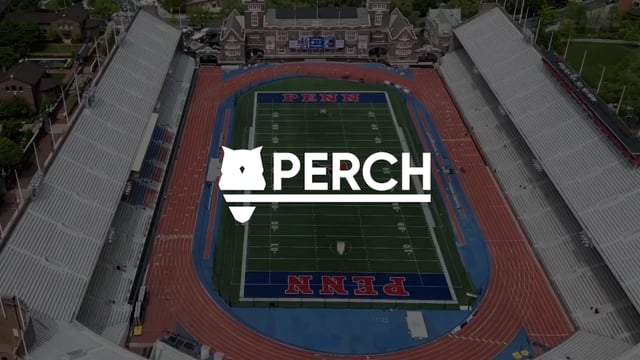



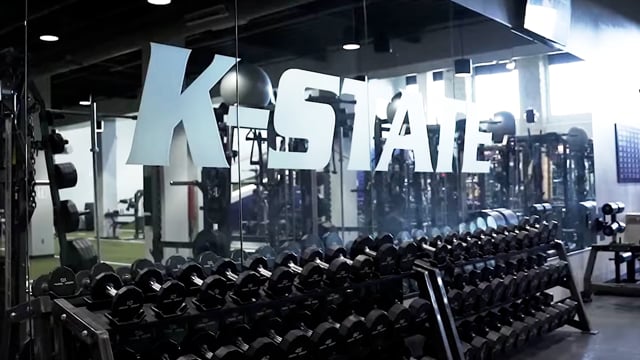


































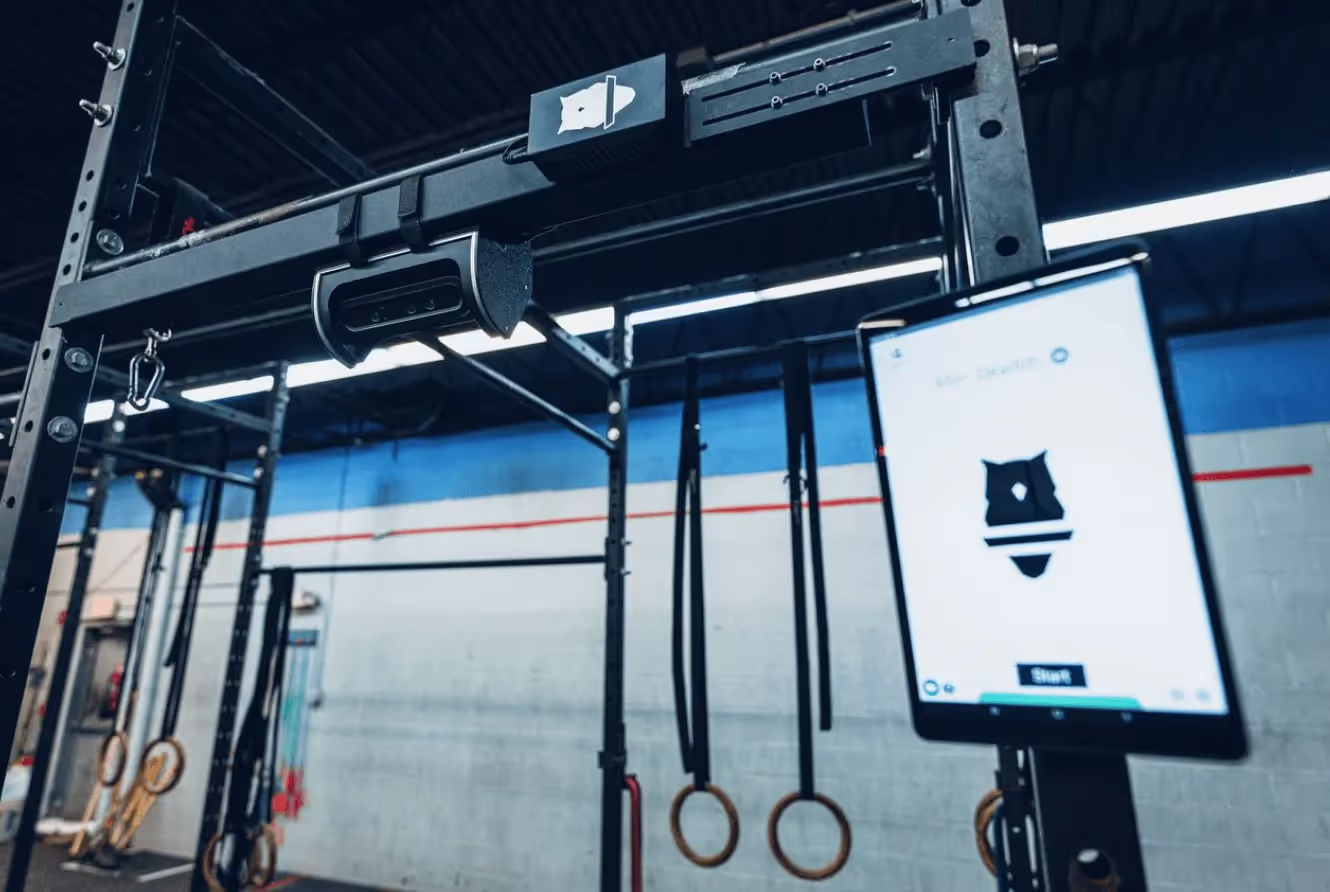




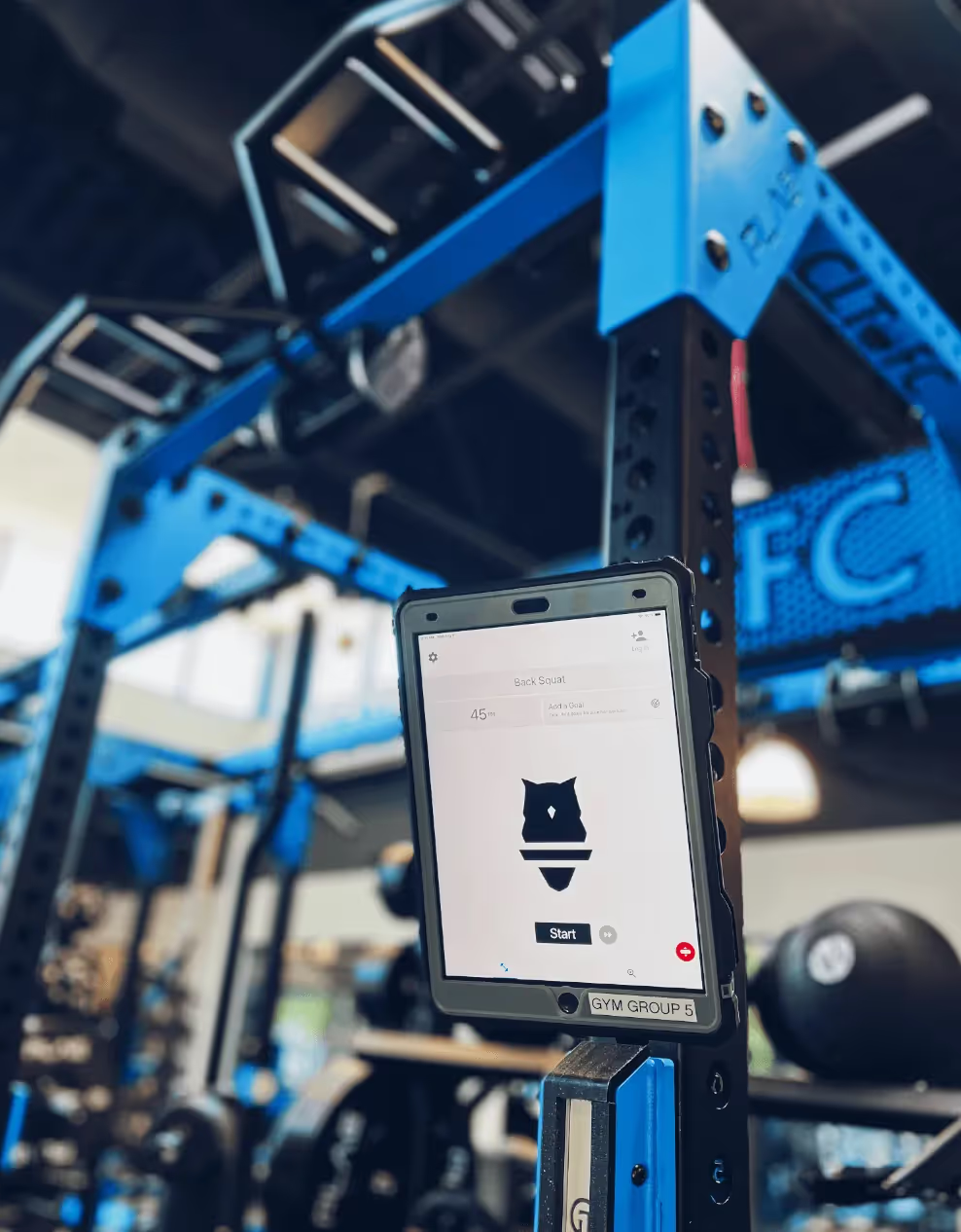
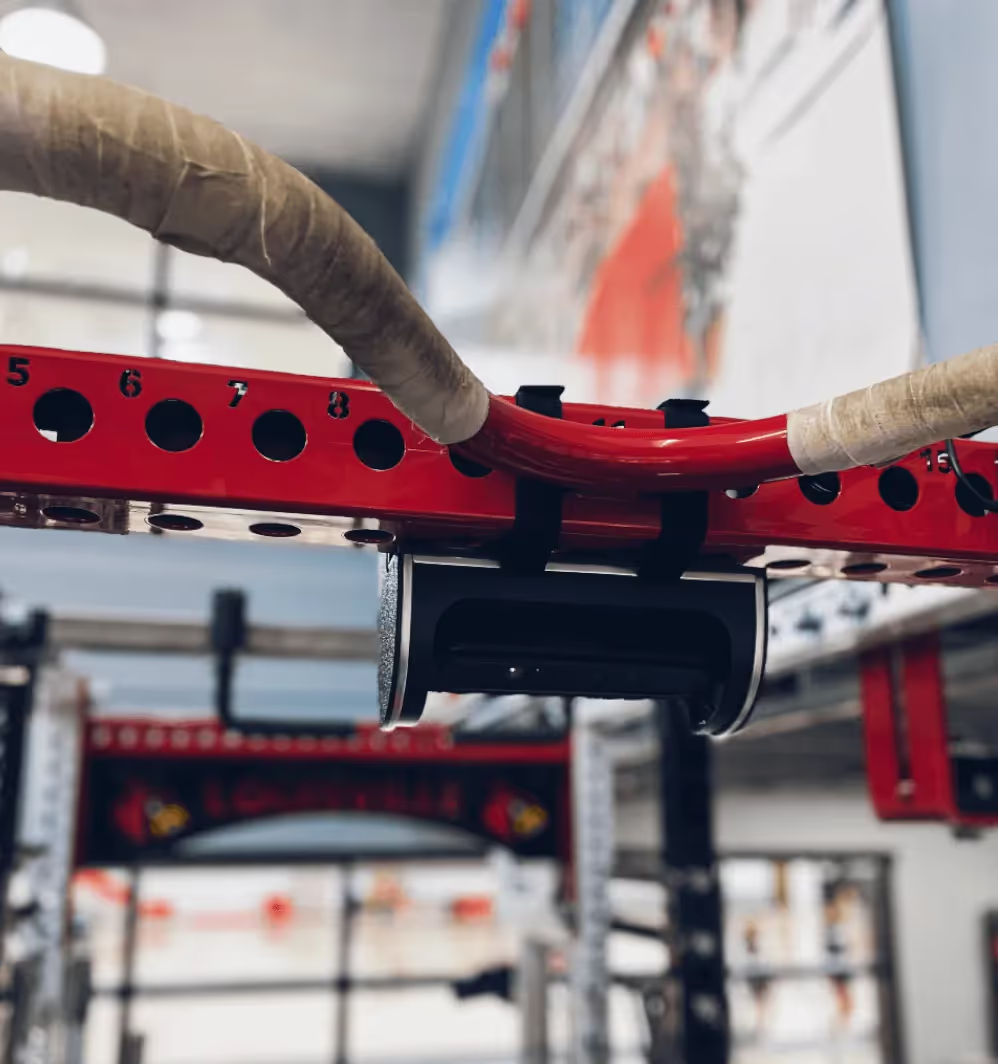












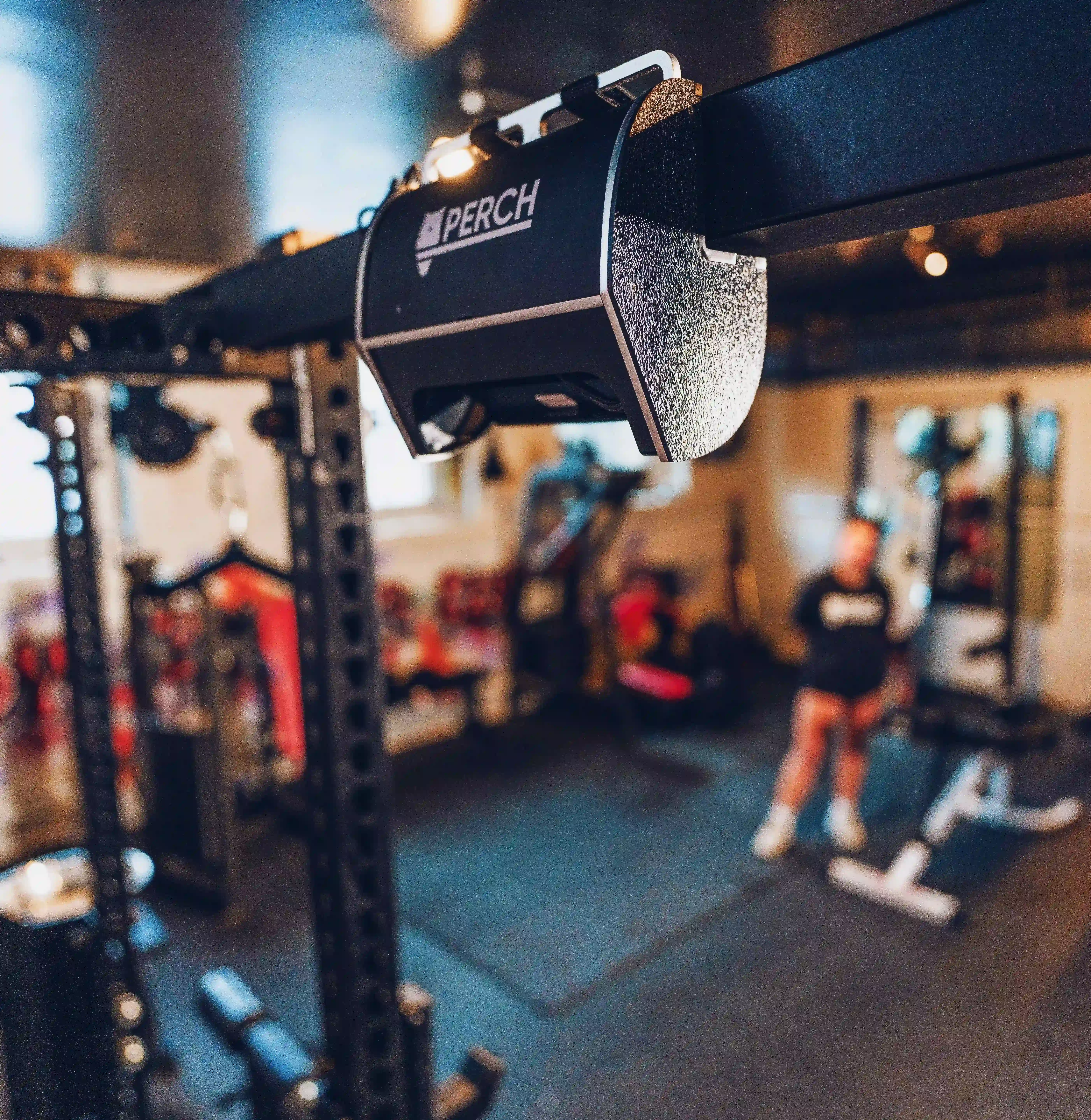











.avif)






